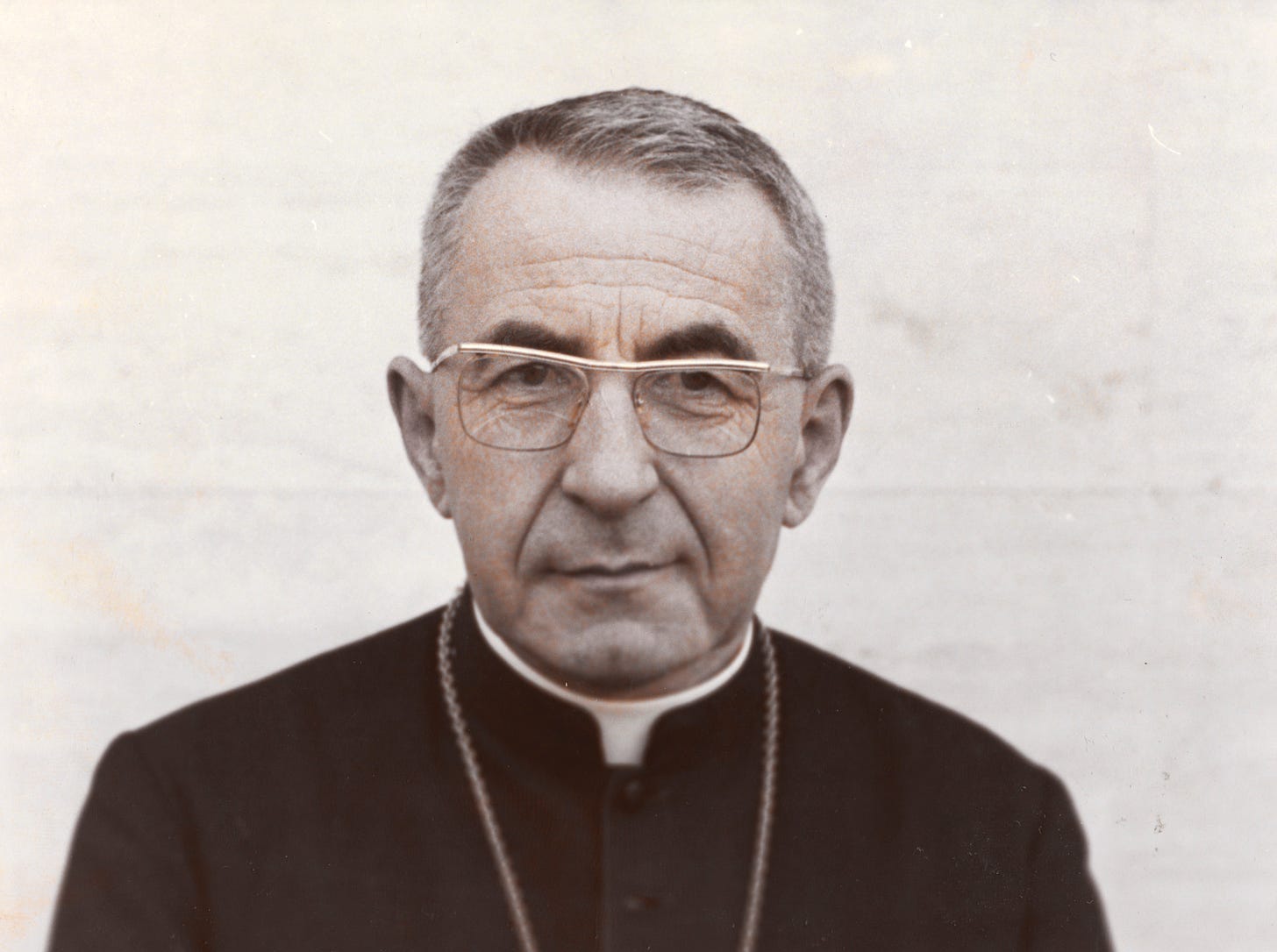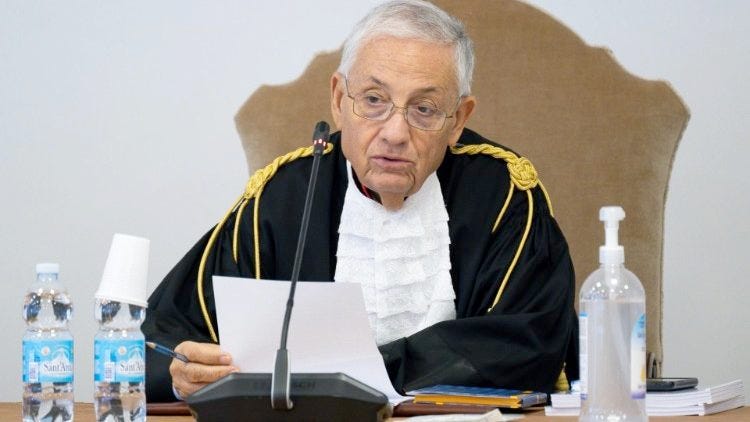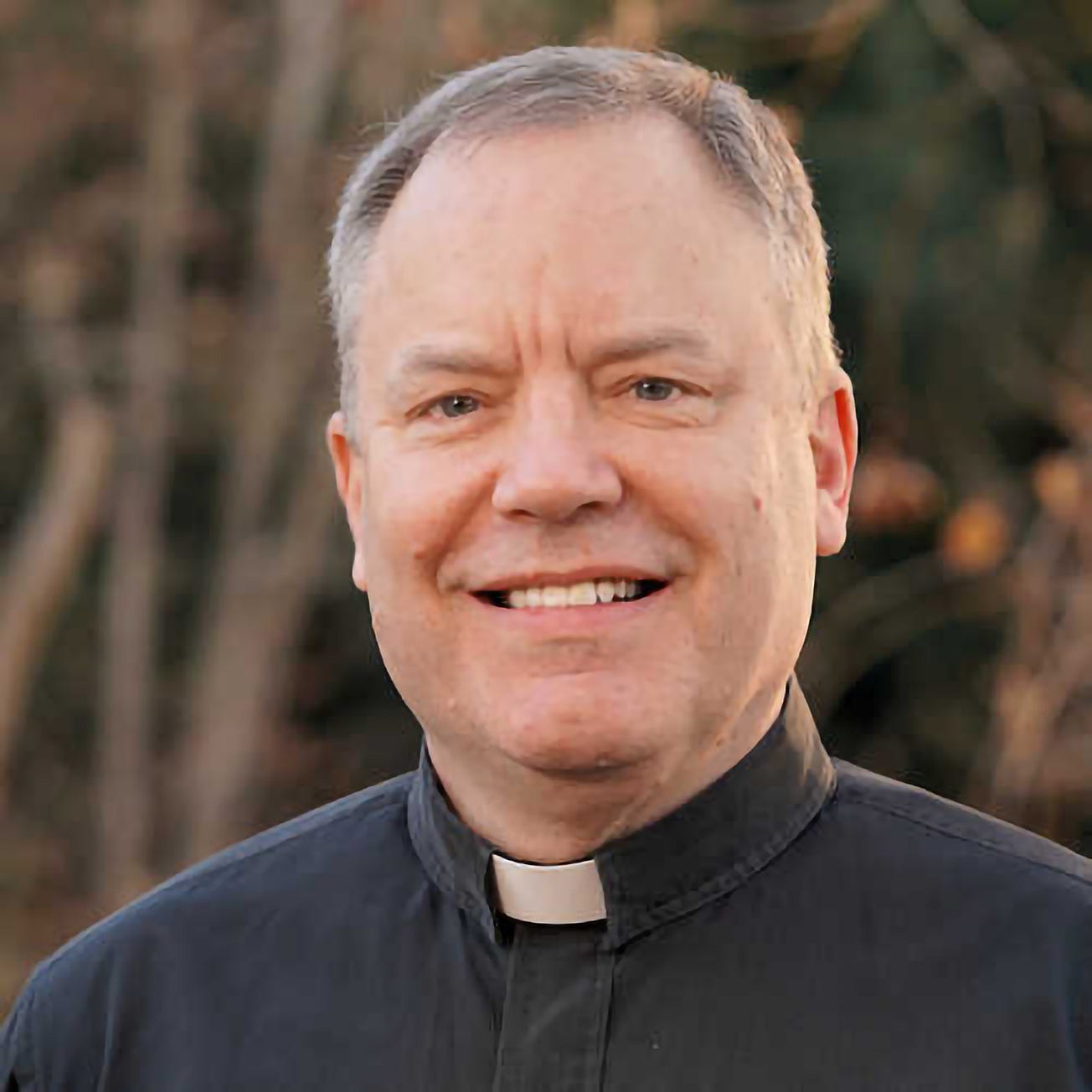When Pope John Paul I died unexpectedly just a month into his papacy, his death quickly ignited suspicions and rumors of foul play.
The pope was only 65 years old and was believed to be in good health. Irregularities surrounding the treatment of his body and inconsistencies in the official story about his death further prompted conspiracy theories that have continued to this day.
So was Pope John Paul I murdered?
With news this week that John Paul I will soon be beatified, The Pillar decided to take a look at some of these theories and the evidence behind them.
Who would kill the pope? And why?
There are a several figures who have come under suspicion in connection with John Paul I’s sudden death - each for different reasons:
Cardinal Sebastiano Baggio - Cardinal Baggio was head of the Vatican’s Prefect of the Congregation for Bishops during the 1970s, giving him significant weight in the selection process of new bishops. According to priest and author Fr. Charles Murr, Baggio was a Freemason who had worked for years to see that liberal bishops were appointed. John Paul I had been warned about Baggio and removed him from the congregation shortly after assuming the role of pope, Murr says, and Baggio was the last person to see the pope alive.
Curia officials involved in financial scandals - There are few different versions of this theory, which posits that several high-level Church officials were involved in serious financial fraud in connection with the Vatican Bank. John Paul I was assassinated, in this version of events, because he was on the verge of ordering an investigation into the Vatican Bank, which could have exposed the financial scandal tied to it, involving Freemasons, the mafia, and significant amounts of money laundering.
The CIA - a few authors have speculated that the U.S. government was eager to have a pope who would be more aligned with the foreign policy interests of the United States, and have suggested that the CIA may have been involved in murdering John Paul I.
Opponents of the Tridentine Mass - Some traditionalist groups have advanced the theory that John Paul I - the first pope elected following the conclusion of the Second Vatican Council - was preparing to restore the Traditional Latin Mass as the norm for the Catholic Church, and was murdered to prevent him from doing so.
What’s the evidence?
Theories that John Paul I was assassinated tend to revolve around a few key pieces of evidence:
The Vatican said that John Paul I died of “myocardial infarction” - aka a heart attack. But an autopsy was never performed. Critics have questioned how officials could be sure the pope had died from a heart attack in the absence of an autopsy.
According to the Vatican’s account, the pope was found sitting up in bed, still holding his reading material and sporting his signature warm smile. Some have questioned whether that peaceful and serene pose matches the description of a person who had just suffered a massive heart attack.
John Paul I’s body was embalmed immediately upon being discovered, in a departure from both Vatican protocol and Italian law. This prompted suspicions that officials were trying to cover up potential evidence of poisoning in the blood.
The Vatican first announced that a papal secretary had found John Paul I’s body, before later admitting that it was in fact a nun who had come in to serve the pope’s morning coffee. The original story may have been altered to avoid the potential scandal of acknowledging the presence of a woman in the pope’s bedroom, but the ambiguity was enough to raise eyebrows among those who were already suspicious of the official account of events.
Is it true?
Of course, it’s impossible to say what actually happened on the fateful night of September 28, 1978. But scholars and scientists have weighed in from time to time, giving their opinions on theories that have sprung up over the years.
Vatican journalist Stefania Falasca claimed in a 2017 book, “Papa Luciani: Chronicle of a Death,” that John Paul I’s medical records reflect that while the pope was in generally good health, he had dealt with heart problems a few years prior to his death, and was taking heart medication as a result. The book also indicated that the pope had suffered brief but intense chest pain earlier in the evening on the night of his death, lending support to the claim that he died from a heart attack.
In a 2007 episode of the Discovery Channel’s “Conspiracies on Trial,” forensic scientists examined the claims surrounding John Paul I’s death. Among their findings: Contrary to Vatican claims, it was not necessary to embalm the pope’s body immediately to prevent it from decomposing in the Roman heat, which some suspected was done to prevent the detection of poision.
But — putting a crimp in the conspiracy theories — the scientists also said early embalming would not likely have been enough to prevent detection of poison in the blood.
On the other hand, a forensic pathologist in the episode suggested it was unlikely that a person would be smiling and continuing to grip reading material after dying from a massive heart attack.
The truth is out there
We may never know the truth about what happened to Pope John Paul I. It is possible - albeit unlikely - that officials could call for an autopsy as the former pope’s cause is prepared for beatification.
Although it has been more than 40 years since his death, his quick embalming means that his body should be relatively well preserved, to the point that scientists could find answers - or at least rule out possibilities - if an autopsy were to be conducted today.
Generally, though, the Vatican does not routinely launch investigations to satisfy conspiracy theorists. It is most likely that the questions surrounding John Paul I’s death will go unanswered.
And as his beatification approaches, the conspiracy theories will resurface with renewed enthusiasm.




